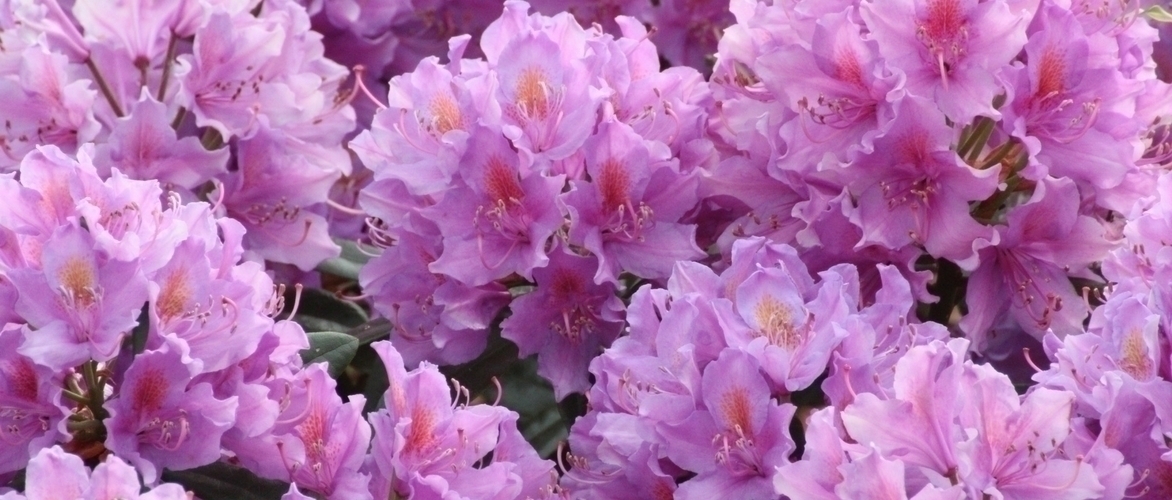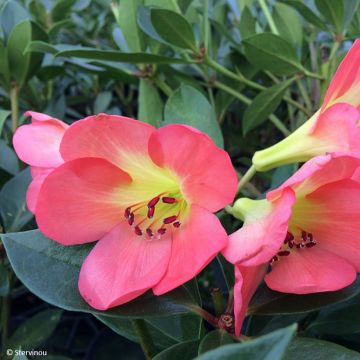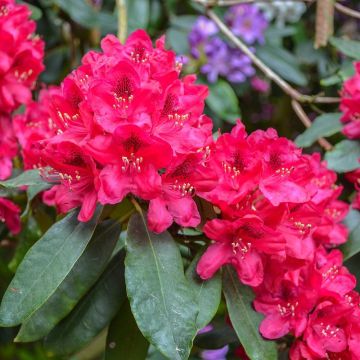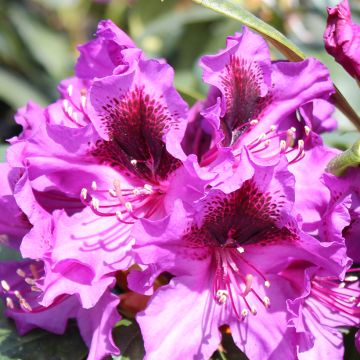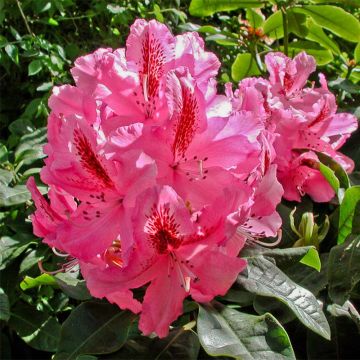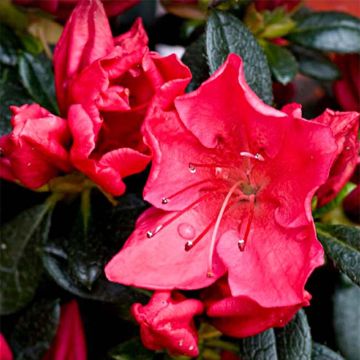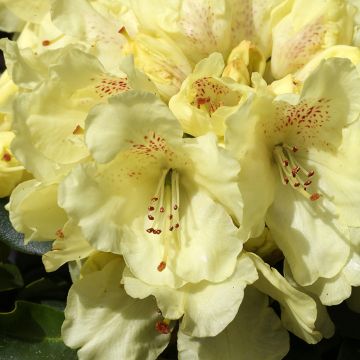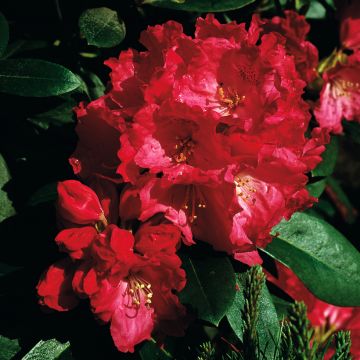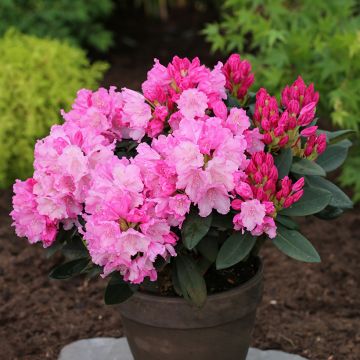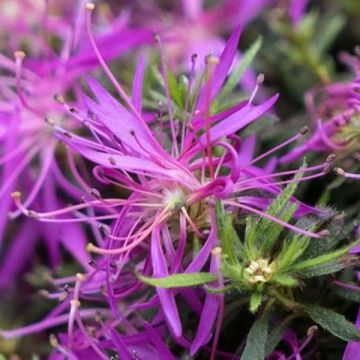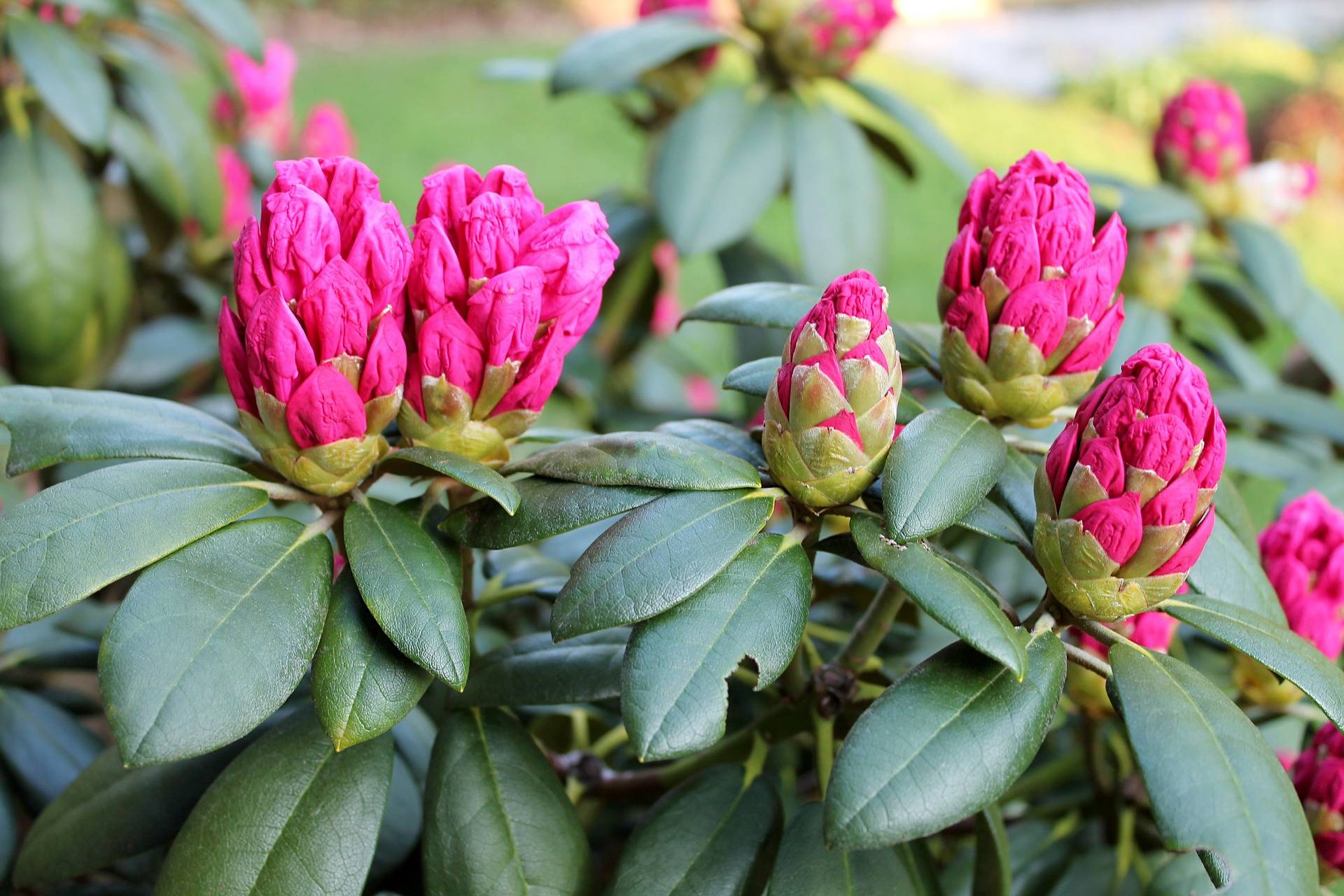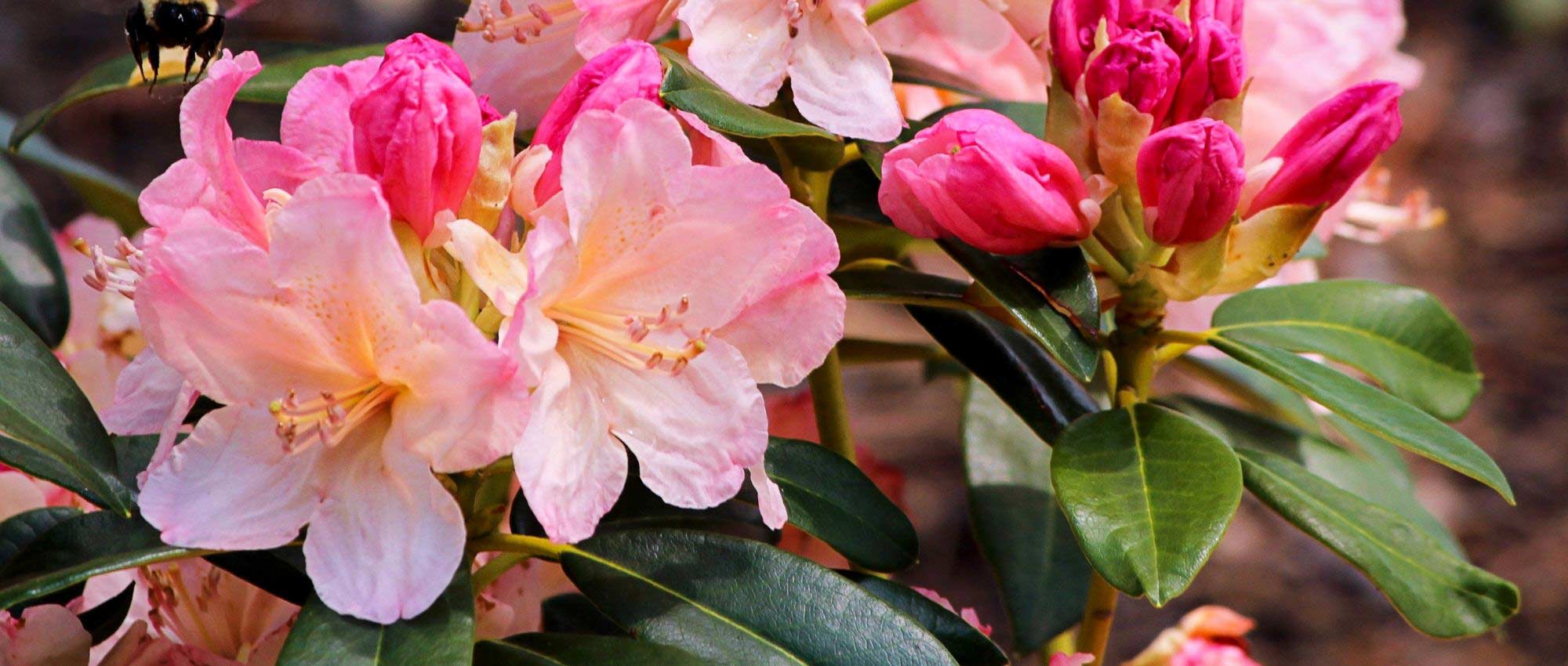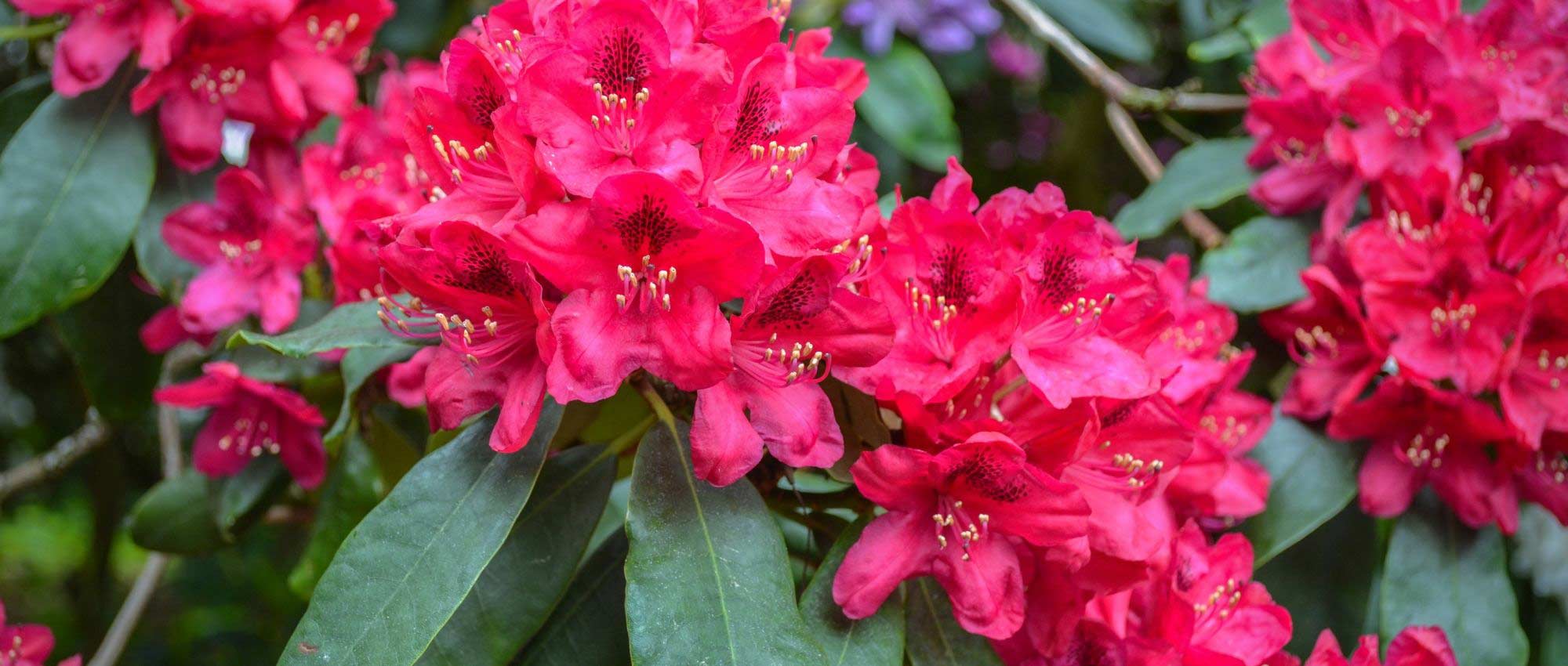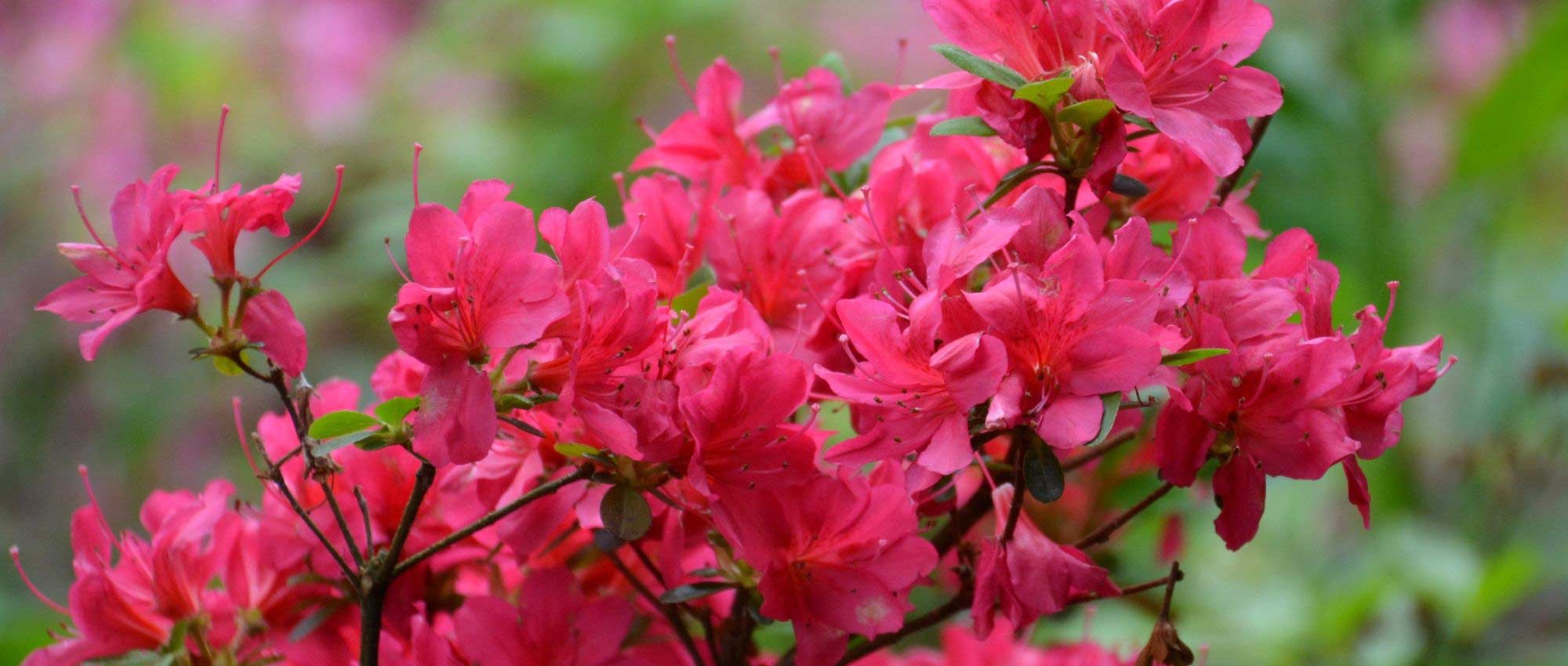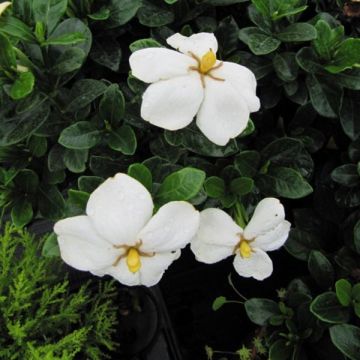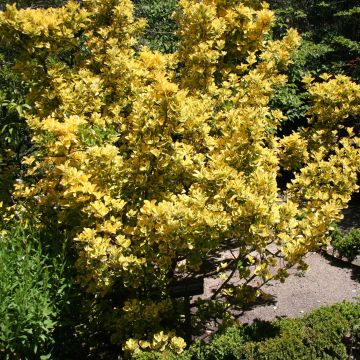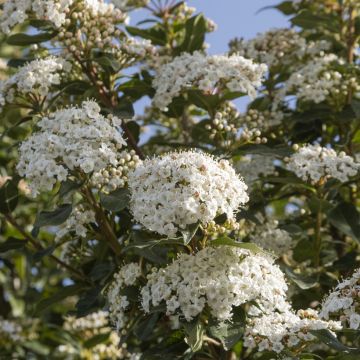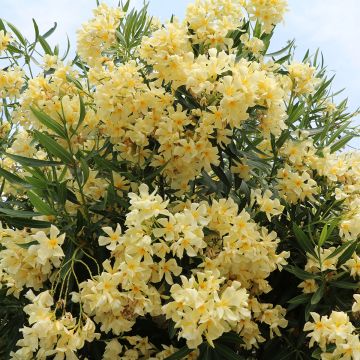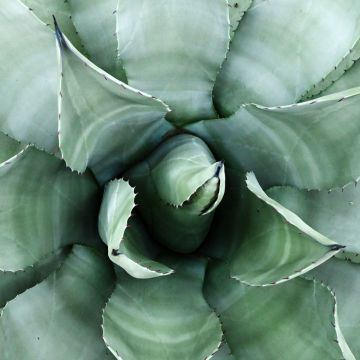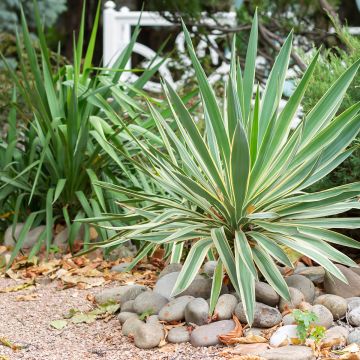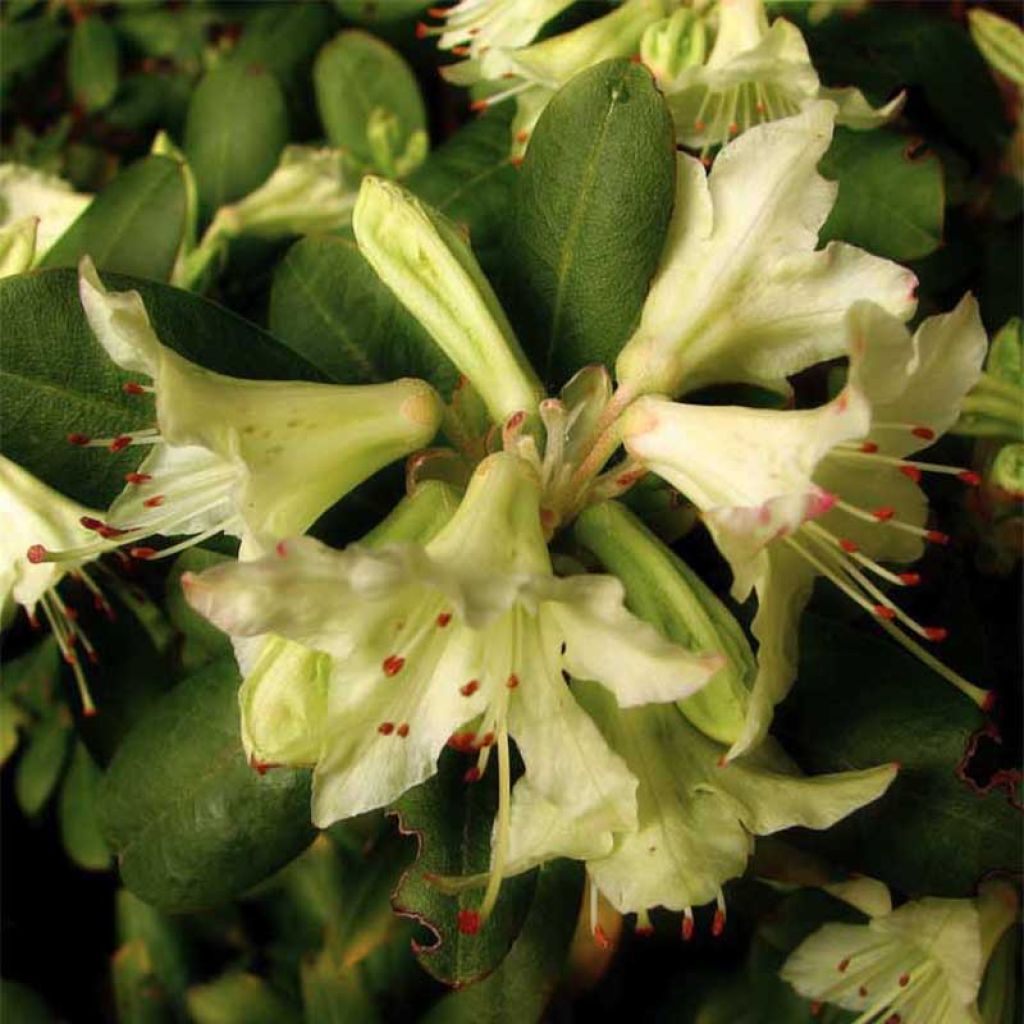

Rhododendron Shamrock
Rhododendron Shamrock
Rhododendron Shamrock
Rhododendron
It has arrived in perfect condition. A fine specimen.
Eva, 08/11/2022
Special offer!
Receive a €20 voucher for any order over €90 (excluding delivery costs, credit notes, and plastic-free options)!
1- Add your favorite plants to your cart.
2- Once you have reached €90, confirm your order (you can even choose the delivery date!).
3- As soon as your order is shipped, you will receive an email containing your voucher code, valid for 3 months (90 days).
Your voucher is unique and can only be used once, for any order with a minimum value of €20, excluding delivery costs.
Can be combined with other current offers, non-divisible and non-refundable.
Home or relay delivery (depending on size and destination)
Schedule delivery date,
and select date in basket
This plant carries a 24 months recovery warranty
More information
We guarantee the quality of our plants for a full growing cycle, and will replace at our expense any plant that fails to recover under normal climatic and planting conditions.
Would this plant suit my garden?
Set up your Plantfit profile →
Description
Rhododendron Shamrock is a dwarf, compact and bright variety that doesn't go unnoticed in the garden in spring. From the month of March, this ericaceous bush is covered with trumpet-shaped, yellow-green flowers that are quite original. They contrast with a beautiful, glossy, evergreen olive green foliage. Despite its tropical appearance, the Rhododendron Shamrock is a very hardy small bush that can withstand strong frosts.
A hybrid of the Rhododendron keiskei, a Japanese bush with a very variable size ranging from 30 cm (12in) to 3m (10ft) in height, the 'Shamrock' variety reveals a very compact, naturally rounded and harmonious look. This dwarf bush forms a small, densely packed dome of approximately 60cm (24in) in height and width. Its branches bear beautiful evergreen foliage, composed of shiny, wavy, rounded olive-green leaves that are decorative all year round. The originality of the Rhododendron Shamrock also comes from the colour and earliness of its flowering, which appears as early as March and lasts until April, or even May. The flowers are rather small but extraordinarily numerous and completely cover the foliage. Shaped like trumpets, they display a unique pale green colour with hints of yellow. This bright flowering is ideal for brightening up shaded areas of the garden.
Remarkably hardy, the Rhododendron Shamrock can withstand temperatures as low as -20°. It is therefore suitable for regions with harsh winters, provided it is protected from excess humidity. In regions with hot and dry climates, it must be placed in a spot sheltered from the sun and receive regular watering in summer to avoid the root ball drying, which is difficult to recover from. The ideal location for the Rhododendron Shamrock is in partial shade, sheltered from the scorching sun. It thrives in acidic and moist soil.
Limestone soil would lead to leaf yellowing and the decline of the plant due to chlorosis. In open ground, in limestone areas, it is necessary to dig a hole at least 1 metre (3 feet) in diameter and 50 cm (20in) deep and isolate the location using a rot-proof material. This technique prevents the roots from coming into contact with the surrounding limestone soil. The rhododendron should not be planted deeply so that its collar is at the surface of the soil. Backfill with ericaceous soil, which can be supplemented with a mulch of leaves and decomposed manure. The shallow roots of rhododendrons require regular watering. The root ball must be kept moist at all times during the growing season, without being waterlogged. Pruning the rhododendron simply involves removing faded flowers at the end of flowering. This easy-to-grow bush is not particularly susceptible to diseases. However, it may be attacked by weevils that nibble on the edges of the leaves and rootlets without causing significant damage.
In open ground, the Rhododendron Shamrock will find a place in the foreground of a shaded bed, such as a woodland or north-facing exposure. Its size doesn't allow it to be planted as a standalone specimen but it will work wonders in a low hedge or as a border plant. Its small size also allows it to be grown in containers to adorn terraces, balconies, patios, and inner courtyards with its bright flowering and decorative foliage. It pairs perfectly with azaleas, camellias, and hydrangeas to flower in a shaded area for long months. It also works wonders alongside periwinkles or hostas for a successful foliage harmony.
Rhododendron Shamrock in pictures
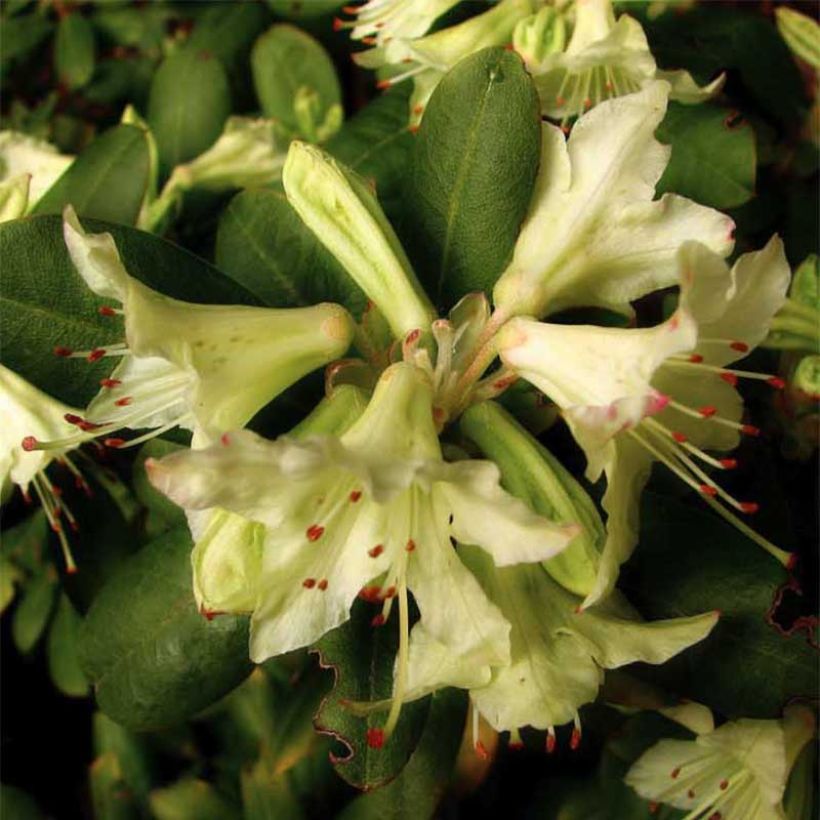

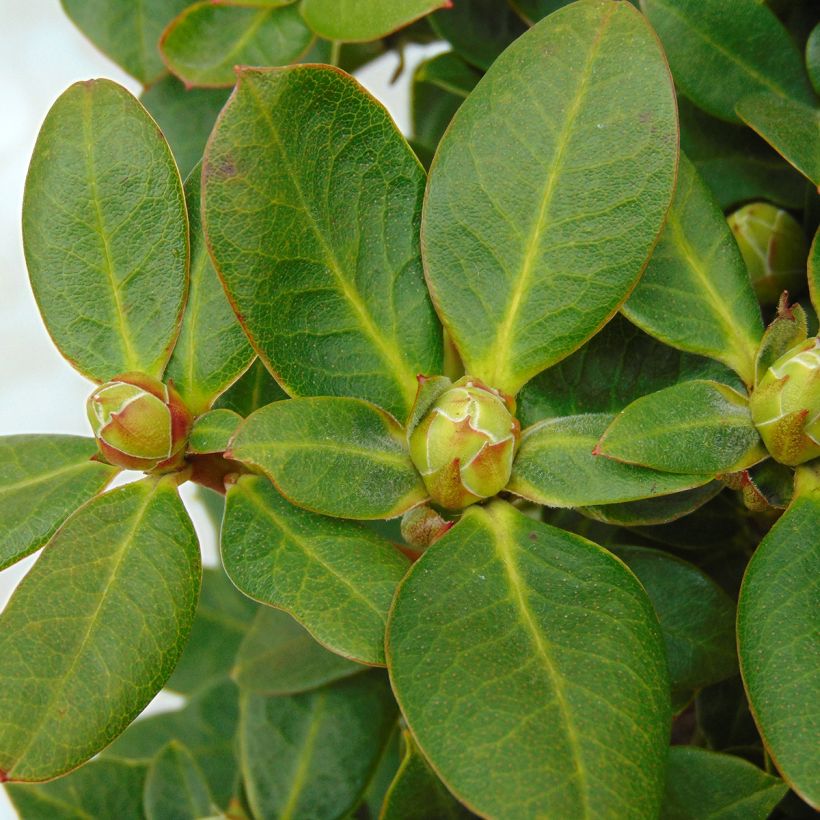

Plant habit
Flowering
Foliage
Botanical data
Rhododendron
Shamrock
Ericaceae
Rhododendron
Cultivar or hybrid
Other Small Rhododendron
View all →Planting and care
Plant Rhododendron Shamrock' in partial shade, protected from cold and drying winds, in moist, humus-rich and light soil, with a tendency towards acidity. Like all ericaceous plants, it cannot tolerate limestone soils or heavy soils that become waterlogged in winter. Dig a hole three times the size of the pot. Soak the root ball in non-limestone water and plant the bush at the collar level, in a mixture composed of 1/4 soil, leaf compost, gravel or pumice, and loam. Water generously and keep the soil moist in summer. Azaleas and Rhododendrons have a shallow root system. As a result, they are sensitive to long periods of drought. That's why it is recommended to enrich the soil with humus and water abundantly during dry periods. In addition, this root system is not very strong, so it is essential to lighten heavy soils with draining materials (gravel, pumice, clay pellets) when planting. Apply a mulch of shredded pine bark around the base of the bush every spring to maintain soil moisture and acidic pH. Maintenance involves removing faded flowers in summer and cleaning dead branches. Azaleas and Rhododendrons can sometimes be attacked by weevils that eat the edges of leaves and rootlets, as well as the famous "rhododendron beetle" which usually does not cause significant damage. Yellowing of leaves (chlorosis) in Rhododendrons indicates poor assimilation of iron in the soil and can lead to premature death of the plant. While limestone is often the cause, poorly drained soil or deeply planted root balls can also explain the condition.
Planting period
Intended location
Care
Planting & care advice
-
, onOrder confirmed
Reply from on Promesse de fleurs
Similar products
Haven't found what you were looking for?
Hardiness is the lowest winter temperature a plant can endure without suffering serious damage or even dying. However, hardiness is affected by location (a sheltered area, such as a patio), protection (winter cover) and soil type (hardiness is improved by well-drained soil).

Photo Sharing Terms & Conditions
In order to encourage gardeners to interact and share their experiences, Promesse de fleurs offers various media enabling content to be uploaded onto its Site - in particular via the ‘Photo sharing’ module.
The User agrees to refrain from:
- Posting any content that is illegal, prejudicial, insulting, racist, inciteful to hatred, revisionist, contrary to public decency, that infringes on privacy or on the privacy rights of third parties, in particular the publicity rights of persons and goods, intellectual property rights, or the right to privacy.
- Submitting content on behalf of a third party;
- Impersonate the identity of a third party and/or publish any personal information about a third party;
In general, the User undertakes to refrain from any unethical behaviour.
All Content (in particular text, comments, files, images, photos, videos, creative works, etc.), which may be subject to property or intellectual property rights, image or other private rights, shall remain the property of the User, subject to the limited rights granted by the terms of the licence granted by Promesse de fleurs as stated below. Users are at liberty to publish or not to publish such Content on the Site, notably via the ‘Photo Sharing’ facility, and accept that this Content shall be made public and freely accessible, notably on the Internet.
Users further acknowledge, undertake to have ,and guarantee that they hold all necessary rights and permissions to publish such material on the Site, in particular with regard to the legislation in force pertaining to any privacy, property, intellectual property, image, or contractual rights, or rights of any other nature. By publishing such Content on the Site, Users acknowledge accepting full liability as publishers of the Content within the meaning of the law, and grant Promesse de fleurs, free of charge, an inclusive, worldwide licence for the said Content for the entire duration of its publication, including all reproduction, representation, up/downloading, displaying, performing, transmission, and storage rights.
Users also grant permission for their name to be linked to the Content and accept that this link may not always be made available.
By engaging in posting material, Users consent to their Content becoming automatically accessible on the Internet, in particular on other sites and/or blogs and/or web pages of the Promesse de fleurs site, including in particular social pages and the Promesse de fleurs catalogue.
Users may secure the removal of entrusted content free of charge by issuing a simple request via our contact form.
The flowering period indicated on our website applies to countries and regions located in USDA zone 8 (France, the United Kingdom, Ireland, the Netherlands, etc.)
It will vary according to where you live:
- In zones 9 to 10 (Italy, Spain, Greece, etc.), flowering will occur about 2 to 4 weeks earlier.
- In zones 6 to 7 (Germany, Poland, Slovenia, and lower mountainous regions), flowering will be delayed by 2 to 3 weeks.
- In zone 5 (Central Europe, Scandinavia), blooming will be delayed by 3 to 5 weeks.
In temperate climates, pruning of spring-flowering shrubs (forsythia, spireas, etc.) should be done just after flowering.
Pruning of summer-flowering shrubs (Indian Lilac, Perovskia, etc.) can be done in winter or spring.
In cold regions as well as with frost-sensitive plants, avoid pruning too early when severe frosts may still occur.
The planting period indicated on our website applies to countries and regions located in USDA zone 8 (France, United Kingdom, Ireland, Netherlands).
It will vary according to where you live:
- In Mediterranean zones (Marseille, Madrid, Milan, etc.), autumn and winter are the best planting periods.
- In continental zones (Strasbourg, Munich, Vienna, etc.), delay planting by 2 to 3 weeks in spring and bring it forward by 2 to 4 weeks in autumn.
- In mountainous regions (the Alps, Pyrenees, Carpathians, etc.), it is best to plant in late spring (May-June) or late summer (August-September).
The harvesting period indicated on our website applies to countries and regions in USDA zone 8 (France, England, Ireland, the Netherlands).
In colder areas (Scandinavia, Poland, Austria...) fruit and vegetable harvests are likely to be delayed by 3-4 weeks.
In warmer areas (Italy, Spain, Greece, etc.), harvesting will probably take place earlier, depending on weather conditions.
The sowing periods indicated on our website apply to countries and regions within USDA Zone 8 (France, UK, Ireland, Netherlands).
In colder areas (Scandinavia, Poland, Austria...), delay any outdoor sowing by 3-4 weeks, or sow under glass.
In warmer climes (Italy, Spain, Greece, etc.), bring outdoor sowing forward by a few weeks.






























